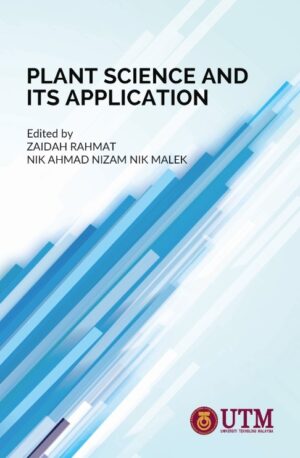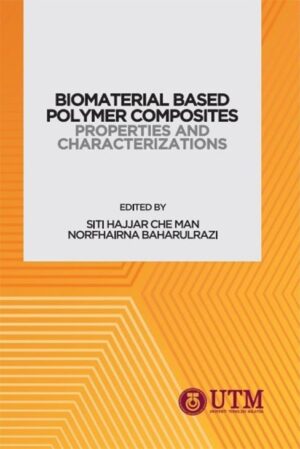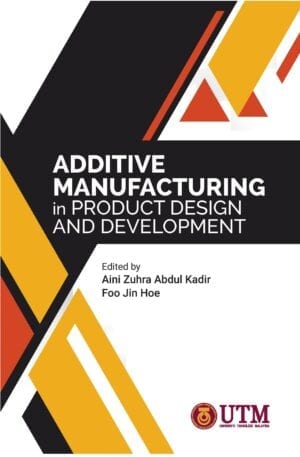Description
In the urban regions worldwide, saving energy, lowering carbon dioxide (CO2) emissions, and disposing waste arising from the manufacturing of diverse consumer products remain major challenges. Annually, million tons of waste materials such as tyre crumb, spend garnet, sawdust and demolition concrete are generated and only a few percent are recycled. The aim and focus of the present book is to discuss and investigate the effects of waste materials as a substitute for fine or coarse aggregates on the performance of concrete. The characteristics of fresh material, its mechanical properties, and longevity were evaluated. Different compounds with various degrees of waste materials content as aggregates replacement were included in concrete matrix. The purpose was to analyse the viability of reusing such solid industrial waste material as long-life, sustainable and eco-friendly concrete products. This involved the replacement of natural aggregates by waste materials, in different amounts, with the necessary physical requirements to facilitate the production of sustainable concrete. The specimens, with different quantities of waste materials, were designed to facilitate the assessment of their performance in terms of their mechanical properties and longevity. A comparison and analysis of the various samples led to the optimal waste materials replacement levels of aggregates was being established.




